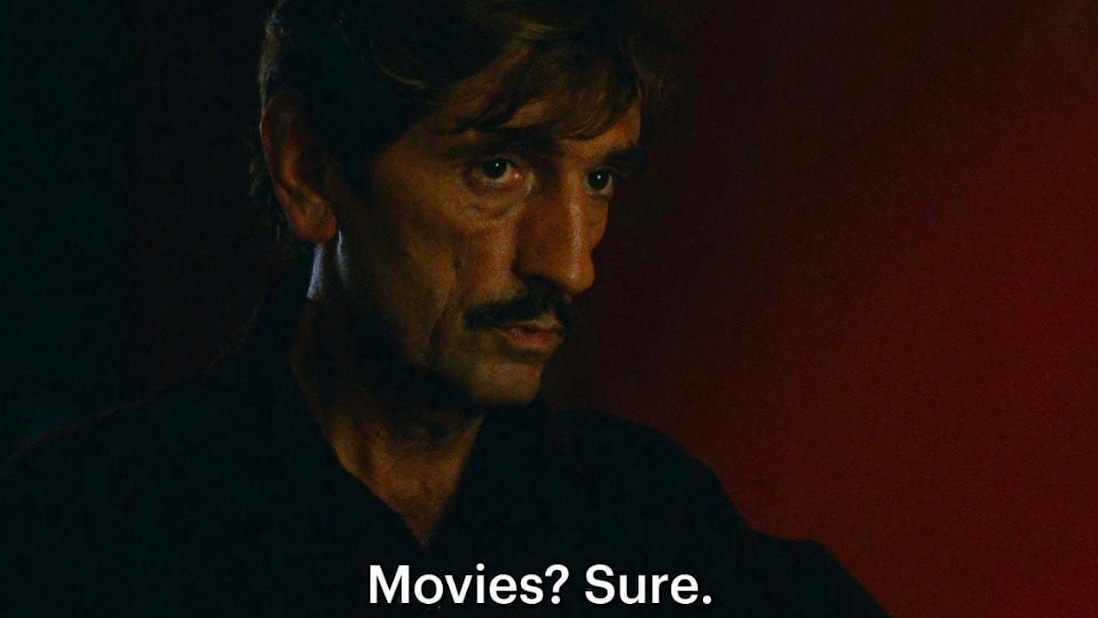 |
| Chocolat dansant dans un bar/Chocolat Dancing in the Achille Bar by Henri de Toulouse-Lautrec/1896 |
 |
| Screenshot from An American in Paris (dir. Vicente Minnelli/1951) |
„The scenery is unusually self-sufficient. In a narrow bar, made even narrower by the molelike waiter at the left, a marvelously limber Negro in a eight sporting suit is shown dancing. His cap with its large checks is pulled far down over his bluish face. The chanson, which is still known, is accompanied by a strident lyre plucked by a seated boy with knobby knees. The blackness of the lyre and of a top hat in the background compete with chat of Chocolat's raised hand, the most delicate and subtly finished detail of the entire drawing. Here all of Toulouse-Lautrec's fine-nerved abilities can be seen at work. He always knew just when the culminating point in the development of a movement had been reached.
While Minnelli maintains the molelike waiter and the black lyre, the unarrestable bear of jazz music replaces Toulouse-Lautrec's reference to a popular French song. If Jerry reaches down into the core of his personality, Minnelli recovers the black origins of the Hollywood musical by introducing jazz music with Toulouse-Lautrec and tap dancing with Rousseau. While, as we have seen, Minnelli is sensitive to the complex interplay of national and sexual facets in Jerry's character-as an American, he is an athletic, heterosexual dancer; as an artist, he risks drowning in the depths of an unknown, foreign self. The director, however, does not allow blackness to highlight any racial identity. After all, a white dancer cakes over the act of a black man, thus performing the same operation of whitewashing carried out by the musical, which appropriated black music and black dance for the entertainment of white audiences. In An American in Paris, blackness instead comes to mean foreignness. Thus, blackness only spells our how a white American dancer can draw energy from a Toulouse-Lautrec drawing while paradoxically bringing it to life.” (Horst Keller)
